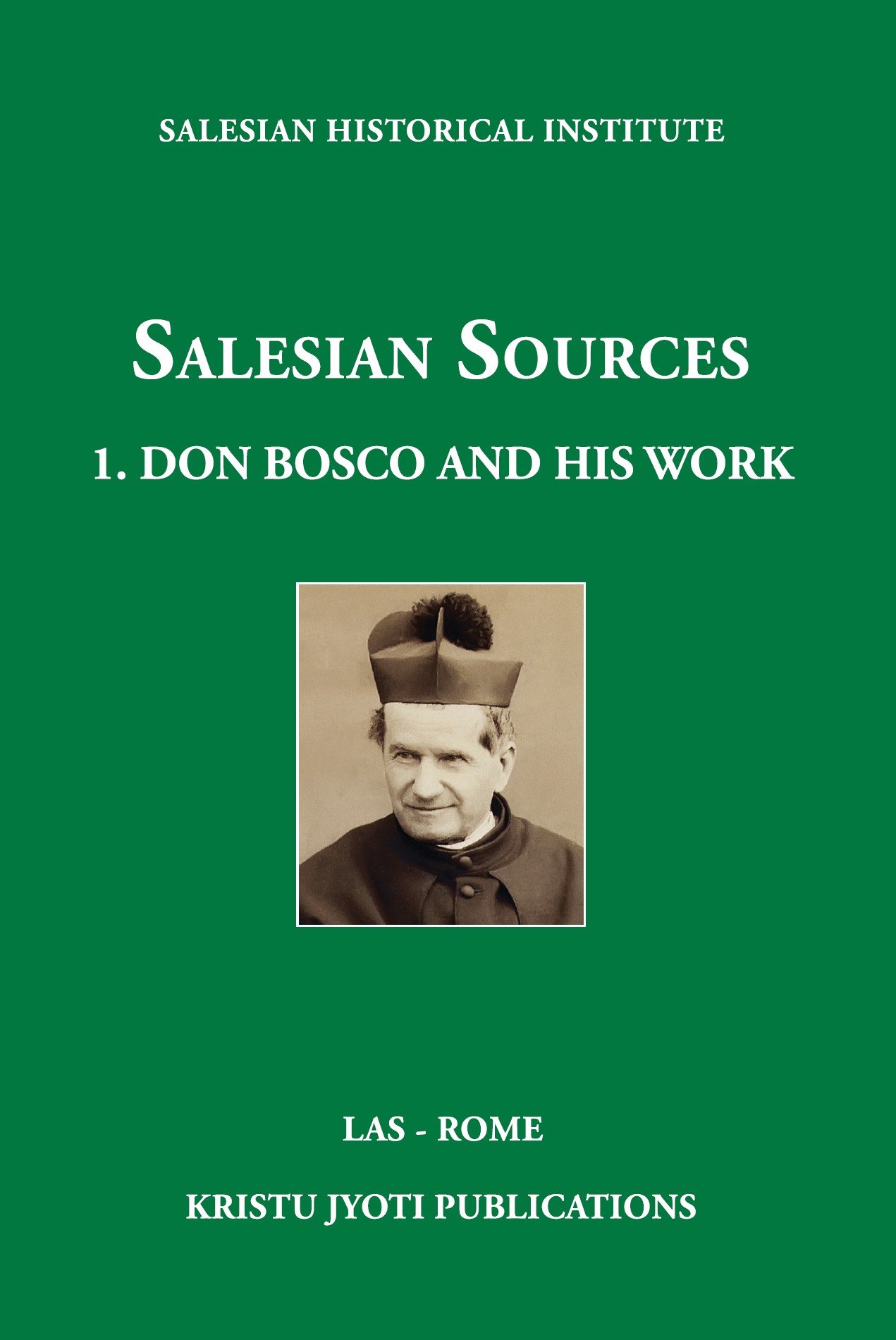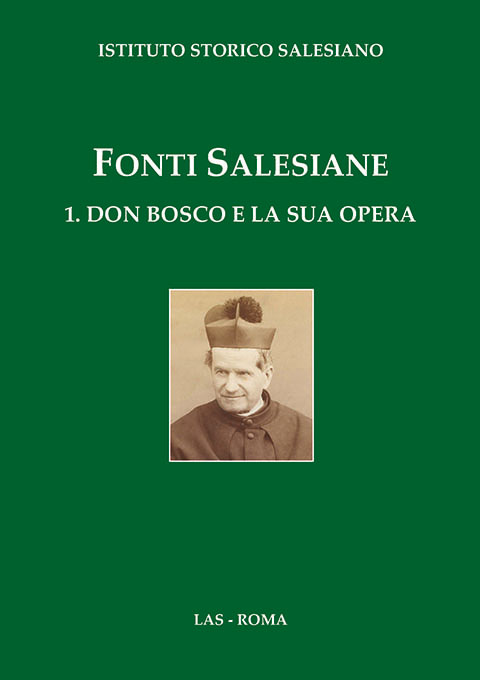The first document contained in this part (no. 225) is the oldest text of the rule that we have. It was written in beautiful handwriting by cleric Michael Rua between 1858 and 1859, beginning from an earlier draft by Don Bosco which has not been preserved. From this draft came all the other constitutional drafts up to the definitive document in 1874. To draw it up Don Bosco, who had no experience of consecrated life, had recourse to constitutions of other religious institutes.

